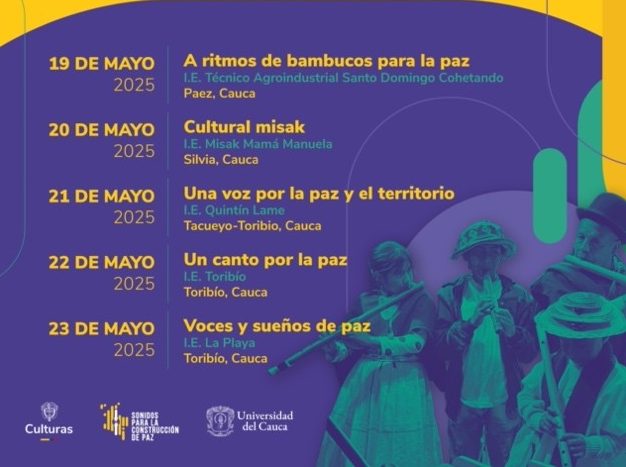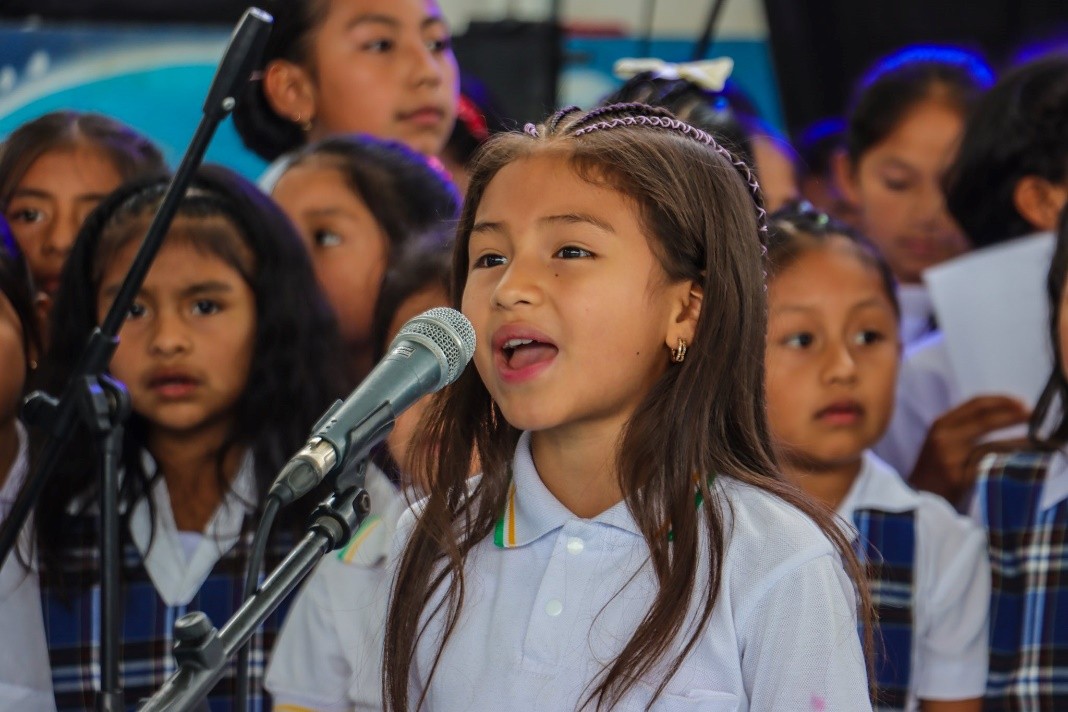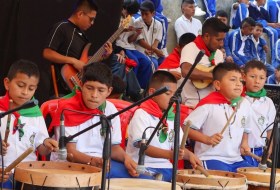News
Art blooms as a language of peace in Cauca
During the third week of May, in the heart of the mountains of Cauca, children, youth, teaching artists, wisdom keepers, and educational communities came together and resonated with the rhythms of their territories through voices, dances, flutes, and drums.
The artistic showcases, promoted by the Presidential Program Sounds for the Construction of Peace – Zone 6, became powerful expressions of living memory, collective creation, and cultural recognition.
These showcases have become meaningful experiences and collective celebrations of what has been cultivated in schools and communities impacted by this presidential program. Through art as a language of social transformation, the pedagogical work becomes a concrete commitment to peace, the recovery of ancestral knowledge, self-determined education, and community rootedness.
Through gathering and sound, the voices of the territories spoke in their own languages. They spoke through the body, the word, their traditional melodies, bambucos, instruments, soundscapes, and colors.
“Many of our traditions had been disappearing our mother tongue, our music, our dances, and other elements. This has been a way to revive, highlight, and promote our work,” shared Luis Felipe Calambás Velasco, Principal of the Mamá Manuela Educational Institution in the municipality of Silvia.

Provided photo
Throughout the week, five educational institutions led their own Artistic Showcases, the result of pedagogical sessions and methodologies with a territorial focus.
Each showcase was developed autonomously within the school processes, led by Teaching Artists, Knowledge Keepers, and the local coordinators of Node 7. This cultural and educational initiative is made possible thanks to the collaboration between the University of Cauca and the Ministry of Cultures, Arts, and Knowledge.
These spaces not only made artistic achievements visible but also fostered intergenerational dialogue, where children were co-creators and champions of their people’s living traditions.
Moreover, in an exemplary act of community-based communication, two institutions stood out by documenting and narrating their own showcases from a local perspective. Quintín Lame and La Playa schools independently handled the audiovisual coverage of their artistic events, strengthening narrative sovereignty in their communities and proving that communication, too, is a tool for peace.

Provided photo
The Sounds for the Construction of Peace – Zone 6 Program continues to strengthen its commitment to art and education as a pathway to ensuring rights. In this way, culture becomes a powerful vehicle for social transformation fostering deep processes of reconciliation from the grassroots. Through the pedagogical strategy Weave–Braid–Bind, the Zone 6 team promotes the strengthening of community bonds, the recognition of emotions and knowledge, territorial identity, and unity as a practice of coexistence. With the Artistic Showcases, hope blossoms in contexts historically impacted by conflict.
“Music invites, music calls, and brings us joy with others. Music, the drum, and the flute bring people together and that’s where peace lives. Without music, there is no life. It is the cycle of life, the thread that connects the life of our people,” said Taita Samuel Morales, a wisdom keeper and artist from the Misak community of Silvia.
In every territory, sound became more than music: it became a symbol, a meeting point, a possibility. The children who sang, played, and danced didn’t just showcase what they had learned they reminded us, through their strength and tenderness, that peace is also built with instruments in hand and a heart open to listening.
Written by: UNICAUCA Team – Presidential Program Sounds for the Construction of Peace – Zone 6


